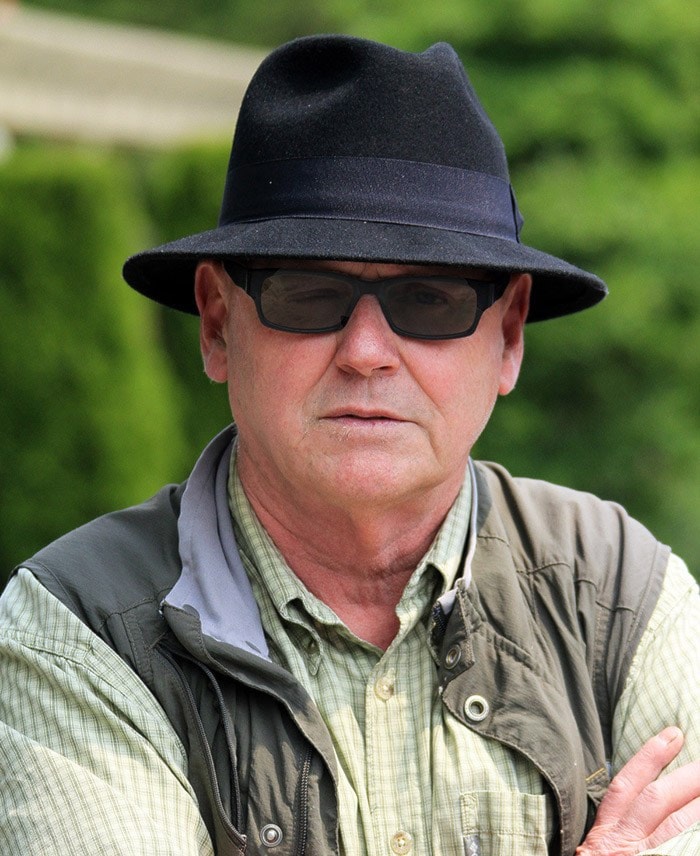“If you get a horse that’s had what you want it to do beat into it by force - the way most guys train horses – you’ll always have problems with it”
– Russell Kast
Kast manages the Ashcroft Ranch, a cattle operation that spans miles of range and feed production land. He’s a third generation Albertan cowboy with a passion for “colt starting” – training horses in the complex role of managing steers – tasks like cutting cattle out of a herd, or controlling them in close places such as corrals.
Traditionally, Step 1 was to make a horse submit to a saddle by riding him until he quit bucking. To ‘break’ a horse meant crushing his rebellious spirit.
Colt starters, like Kast, take a gentle, thoughtful approach.
“Some call it horse whispering,” Kast told me last week in Cache Creek. “I call it horse naturalizing.”
In the process, the horse is slowly encouraged to accept saddles, bridges, and to learn the jobs he’s expected to perform for the cowboy, his partner, rather than his servant.
It’s a frosty Sept. 27. Scott Magri and I are here to watch Russ start a new colt, but it’ll have to wait. There’s alfalfa in fields to be bailed, work set back two weeks when machines broke down.
Kast leaned on the hood of his old Dodge 4x4, and adjusted a wide straw hat that had seen better days. He paused to light up a cigarette, and tucked it between teeth under a long handlebar mustache. The hat dipped in the middle, shading eyes that looked straight at me.
“You say cowboys who use force on horses have problems later,” I said.
“The horse won’t chase the cow if he’s not ready,” Kast explained. “He’ll just tighten up. Some guys will push him, fight with the horse, ride him down. But, now he’s mad. He puts his head down. Then the next time that cowboy wants to go over to get that cow, the horse might not want to do it. He puts his head down again ’cause he remembers, and the cowboy still doesn’t get the cow.”
Kast pulled on his cigarette before continuing.
“If I’m having trouble with a horse, it means I’m not paying enough attention to him. Then, something spooks him. That’s when he blows up. Best thing to do is take him off what’s bothering him for awhile, and walk him around a circle till he’s calm. Then try again. “
Patience is the key in colt starting.
“To train a horse, I’ll change it up. I’ll take him to a point where they’re just about uncomfortable, back off if he’s having trouble, bring him back to something he’s comfortable with. Maybe he can lope a circle until he calms. Once you get the horse taught this way, you can pull off a bit and he’ll do what you want on his own.”
“Have you been bucked off when you get on a horse the first time,” Scott asked.
“Don’t think so because you’re not asking much then. If I’m gonna run into trouble, it’s usually after about a month. I’ll be chasing a cow and he’ll remember something that spooked him. In the initial stages, though, they rarely buck.”
Earlier this summer, Scott and I rode back-country with Wayne Griffith of the Hesperian Ranch near Clinton. My mount, Cher, knew the trail and wanted a free rein. I gave it to her most times. At the end of the ride, she nuzzled me, affectionately.
“She seemed grateful for the independence I gave her,” I told Russ.
“That’s probably right,” he said.
I offered again to trade the hat I bought at a local gas station for his worn out one. He grinned. Real cowboys look you straight in the eye, give you a firm handshake, but never part with their hats.
– Jack Emberly is a retired teacher, local author and environmentalist.
